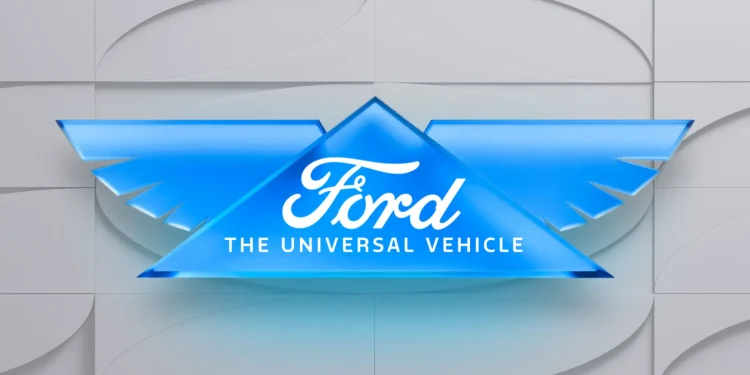Crucial Ford ‘Focus’ SUV due 2027 to lead Europe fightback
Words/Images NZ Autocar
Ford is preparing to launch a crucial new Focus-sized crossover. It is the first step in a radical rethink of its European strategy. Expect it to be affordable thanks to the new platform and manufacturing techniques outlined recently.
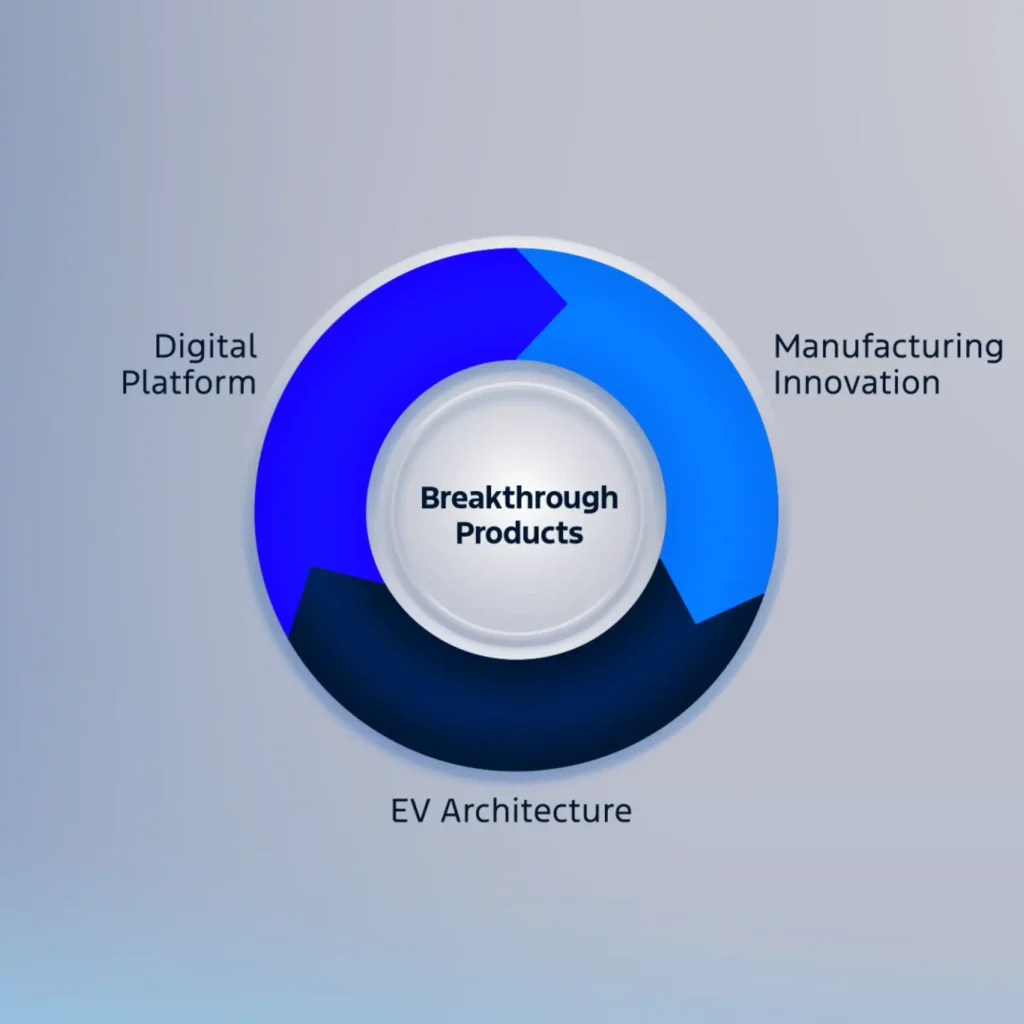
Its current European car line-up, thanks to electric Capri and Explorer, is far more expensive than it has been at any point in its 122-year history.
But a rethink of the European business is happening, with the goal to restore Ford to a mass-market volume player. Included will be more affordable electric models.
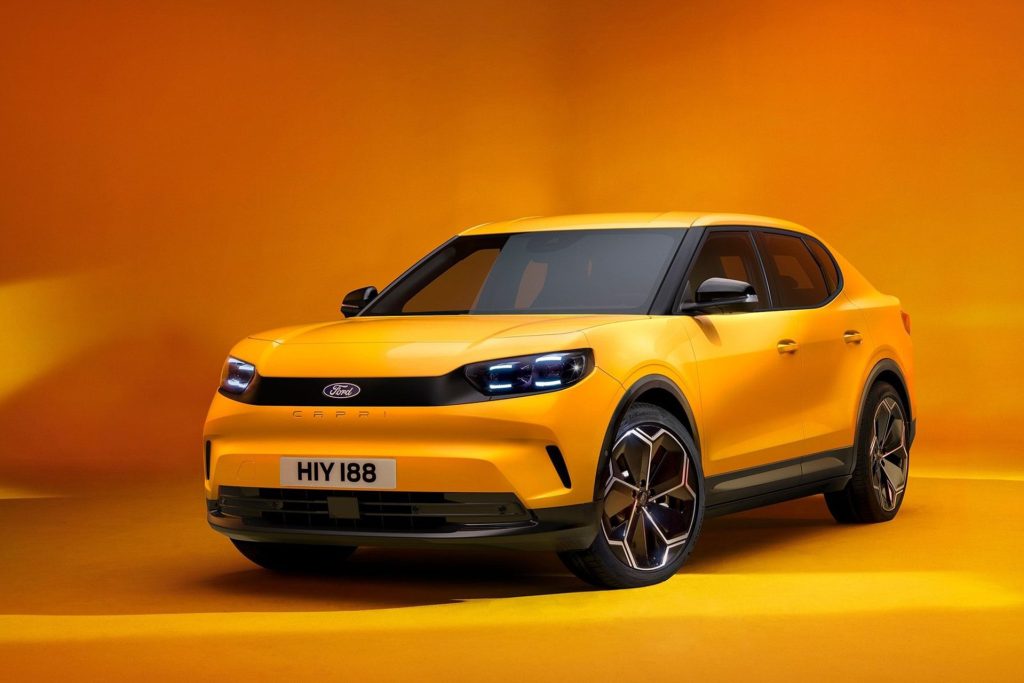
Its new mid-sized crossover will be built in Spain and effectively fill the Focus-sized gap in 2027.
The Valencia plant will have annual capacity of 300,000 units, meaning the newcomer could be amongst Ford’s best-selling model lines globally.
Read our review of the Ford Ranger PHEV.
It will sell alongside Escape/Kuga but will be a separate model line that introduces petrol-hybrid and electric drivetrains, like with Puma.

The new model will likely use the ‘C2’ platform that Ford has for mid-sized C-segment models such as Focus. However, it is yet to use the platform for an EV.
A combustion offering in the firm’s European line-up is needed because of lukewarm EV sales at present. Bill Ford recently said that the ICE business will be gradually phased out but it won’t disappear entirely. We will give the customers what they want, he said.
Ford is also currently developing range-extender technology in response to a global dip in demand for pure-EVs.
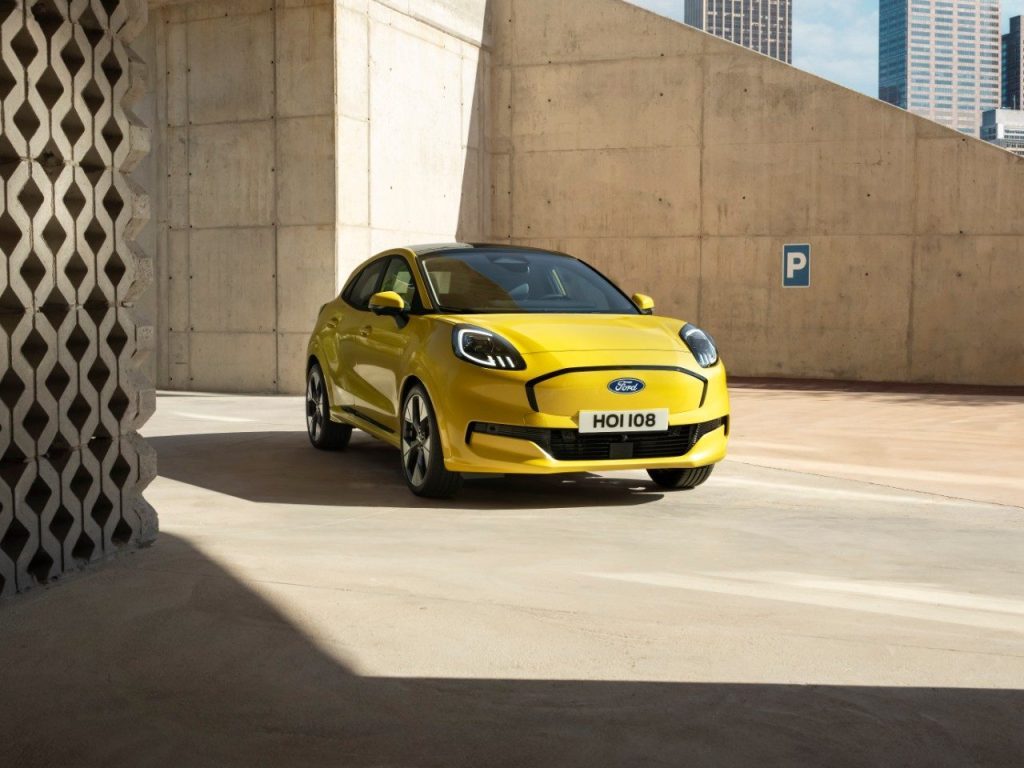
Introducing more electrified cars at a price way below that of Explorer will be pivotal in helping Ford to reduce its fleet emissions and growing market share. That is precisely what Puma Gen-E is doing in the UK. The new crossover will likely compete with the likes of Tiguan, Sportage and Tucson.
Distinctive designs, driving dynamics and refinement will play a central role in Ford’s plans to grow again in Europe.
Expect further use of historic, familiar nameplates to counter Chinese rivals too. That said, it has recently filed to trademark Fuze, Mythic and Hive. But the Focus badge could reappear too. And there are myriad other naming options available to it.
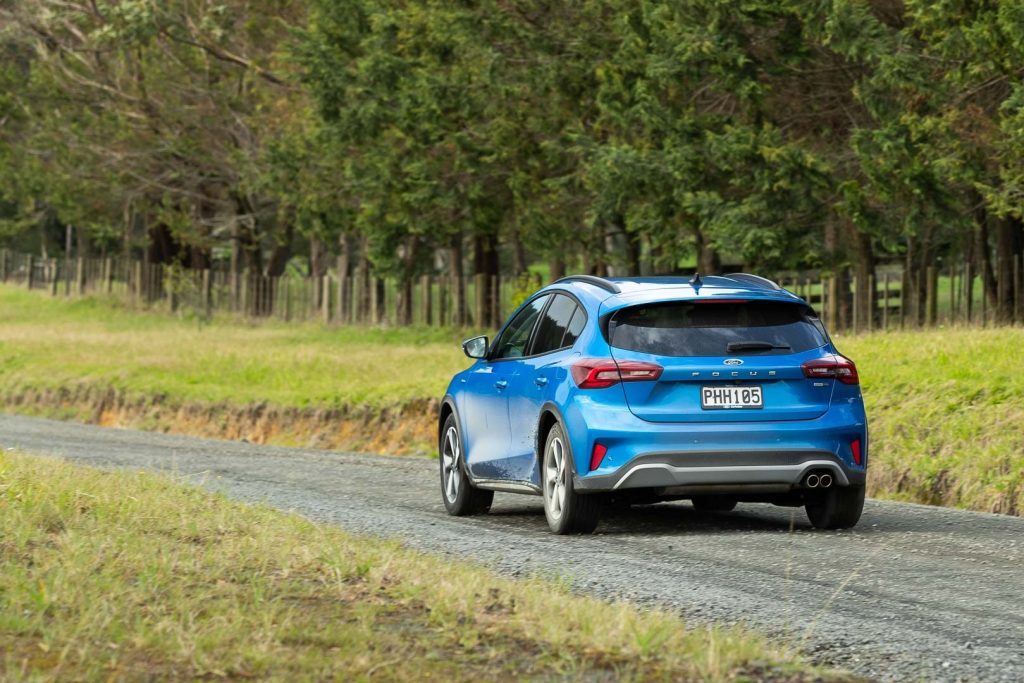
What’s clear for Europe is that Ford will reverse its EV-led shift upmarket to regrow its share.
Ford, like many others, got caught up in the belief that EVs would quickly take over in Europe but that hasn’t come to pass.
Introducing a mix of powertrains will allow the firm to cater to evolving market demands while it transitions to a pure-electric future.
In the US it is developing a fresh strategy based on a Universal EV Platform (UEVP), with an affordable pick-up the first product. However, the platform can also be used for hatchbacks, crossovers, small vans and large SUVs.
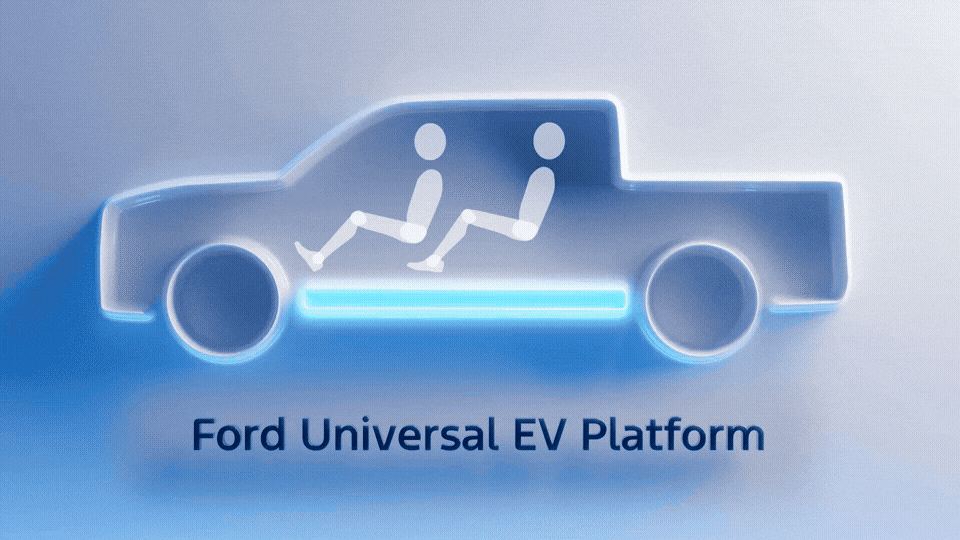
Ford said it will export these US-built EVs to other markets around the world. However, any Europe-focused smaller models are likely to be built there. The UEVP architecture is also engineered for EVs as distinct from the C2 platform.
Expect the Ford Universal EV Production System to roll out in places other than the US. This will essentially replace the traditional linear assembly line with three primary branches where the front, rear and central structures are assembled simultaneously. These major components will be formed from megacastings, and require way fewer fasteners.
This new system will significantly reduce the cost of building new-gen cars, according to Ford. There are 40 per cent fewer workstations, and production times are hiked by 15 per cent.
With a global rollout of the new production system, Ford could significantly reduce the prices of the cars it builds. And it would make them more attractive to more people, accelerating its growth plans.


